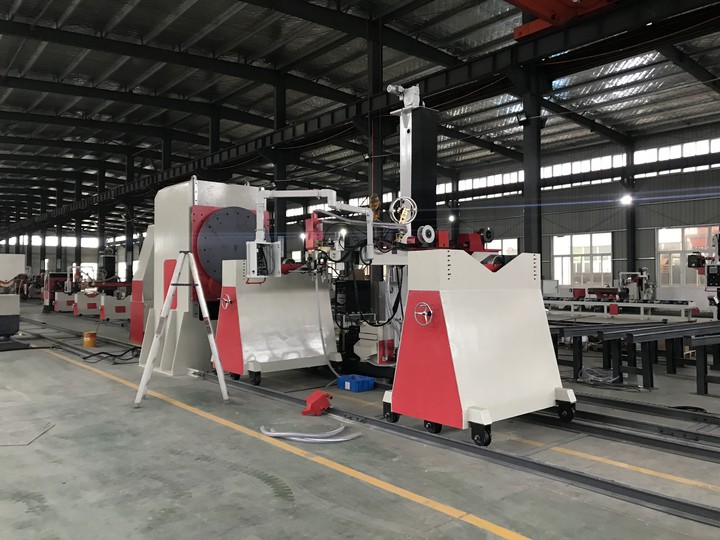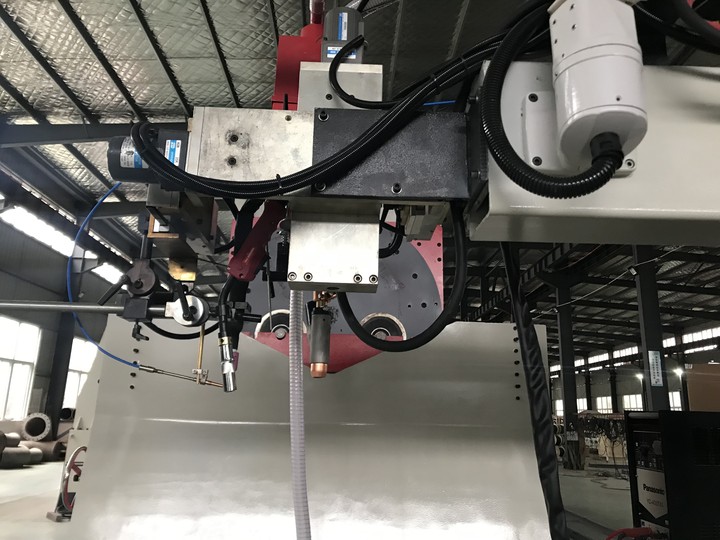May. 27, 2021
In 1802, a scholar named Humphrey showed that an arc could burn continuously underwater, indicating the possibility of underwater welding.In 1917, welders at the British Navy Yard used underwater welding for the first time to plug gaps in rivets that were leaking under the water of a ship.
In 1932, Khrenov invented the thick coating underwater special electrode.In 1985, the first accredited submersible welders were produced.The underwater wet welding process with water depth less than 100 m was developed.
In 1987, underwater wet welding was used to repair stainless steel pipes in nuclear power plants.
Due to the existence of water, the underwater welding process becomes more complex, and there will be a variety of problems that are not encountered by land welding. At present, there are a variety of underwater welding methods being applied and studied in various countries in the world, and the more mature one is arc welding.
Underwater welding and cutting is an indispensable and important technological means in the installation and maintenance of underwater engineering structures.They are often used in Marine salvage, Marine energy, Marine mining and other Marine engineering and the construction of large underwater facilities.
 Underwater welding method
Underwater welding method
dry welding
The method of using large gas chamber to cover the welding parts and welding by welders in gas chamber has better safety because it is welding in dry environment.At depths beyond the penetration range of air, sparks are likely to occur due to the increased pressure of local oxygen in the air environment.Therefore, inert or semi-inert gases should be used in the chamber.During dry welding, welders should wear special fire-resistant and heat-resistant protective clothing.
local dry welding
The local dry method is an underwater welding method in which the welder performs welding in water and the water around the welding area is artificially drained away. Its safety measures are similar to those of the wet method.Because the local dry method is still under study, its use is not yet widespread.
Wet welding is an underwater welding method in which the welder performs welding directly under the water instead of artificially draining the water around the welding area.

2, the welding seam hydrogen content is high, hydrogen is the enemy of welding, if the welding hydrogen content exceeds the allowable value, it is easy to cause cracks, and even lead to the destruction of the structure.
3, the cooling speed is fast, when the underwater welding, the thermal conductivity of the sea water is high, which is about 20 times that of the air.
4, the influence of pressure, with the increase of pressure, arc arc column becomes thinner, the width of weld bead becomes narrower, the height of weld seam increases, at the same time, the density of conductive medium increases, thus increasing the difficulty of ionization, arc voltage increases, arc stability decreases, spatter and dust increase;
5. Continuous operation is difficult to achieve. Due to the influence and limitation of the underwater environment, in many cases, the method of welding one section and stopping one section has to be adopted, resulting in the phenomenon of discontinuous welding seam;